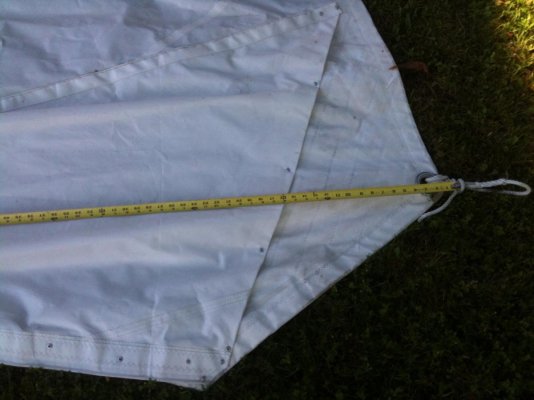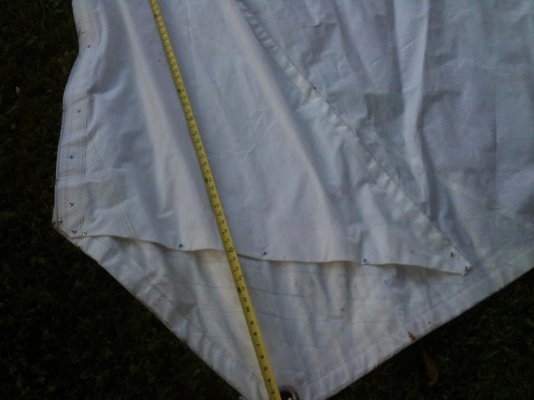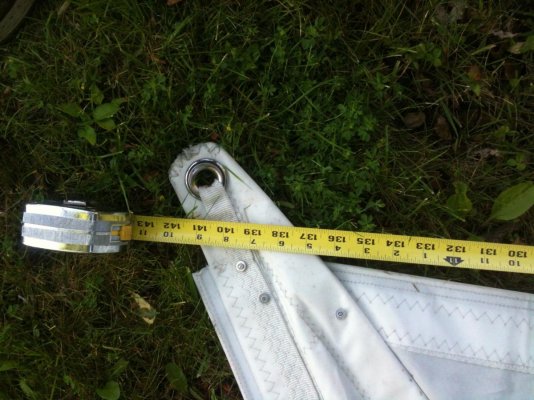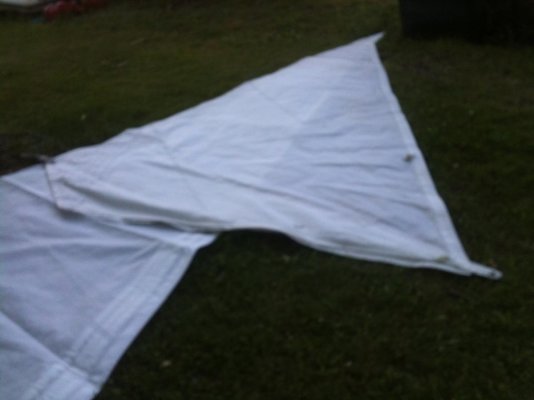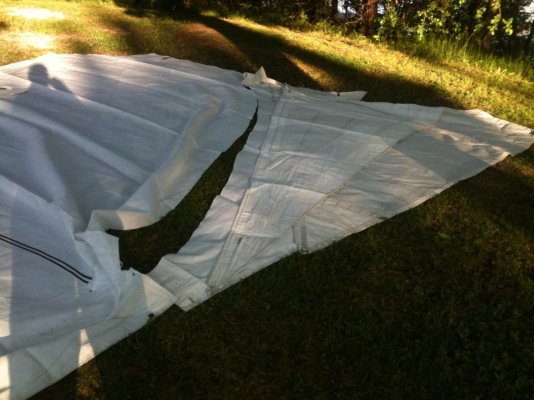tedted
Veteran Member
- Joined
- Feb 27, 2016
- Messages
- 54
- Location
- USA
- Vessel Name
- Castoff
- Vessel Make
- 77 Heritage West Indian 36
But were they mono-hulls or cats? That debate sucked up some bandwidth over on the "other" forum.
But I think it's safe here to say I've observed the same thing. Outside the mouths of harbors, which are filled with day-sailors, we typically see cruising sailboats motoring, regardless of conditions. We have a name for them: a power boat with a stick. We actually make a comment about it on those rare occasions we're offshore or coasting away from ports and see a boat actually sailing.
Just don't tell the sailors, they'll never let me post on "their" forum again!
As a retired sailor I have to say on Lake Erie, A true sailor today is a rare breed. We kept our boat at a sailing club with 300 keel boats. 90% sat on any given day gathering scum on their keels. The ones that did get out had sails up only on the rare perfect day. There was only one boat (not us) that were real sailors. I was constantly in awe of them. We'd be heading home under power with head on 25 knot winds in stormy conditions. There they'd be beating into the storms happy as clams waving and smiling???
My wife and I played a little game trying to figure out why we'd be seeing boats sails down motoring in fantastic conditions. We finally realized that we saw them in the greatest numbers on Sunday around noon. We finally realized that they were coming back from the Islands after a night of excessive revelry. A hung over captain and a VERY angry first mate. Oooooh, I wouldn't wanna be on that boat either!!





